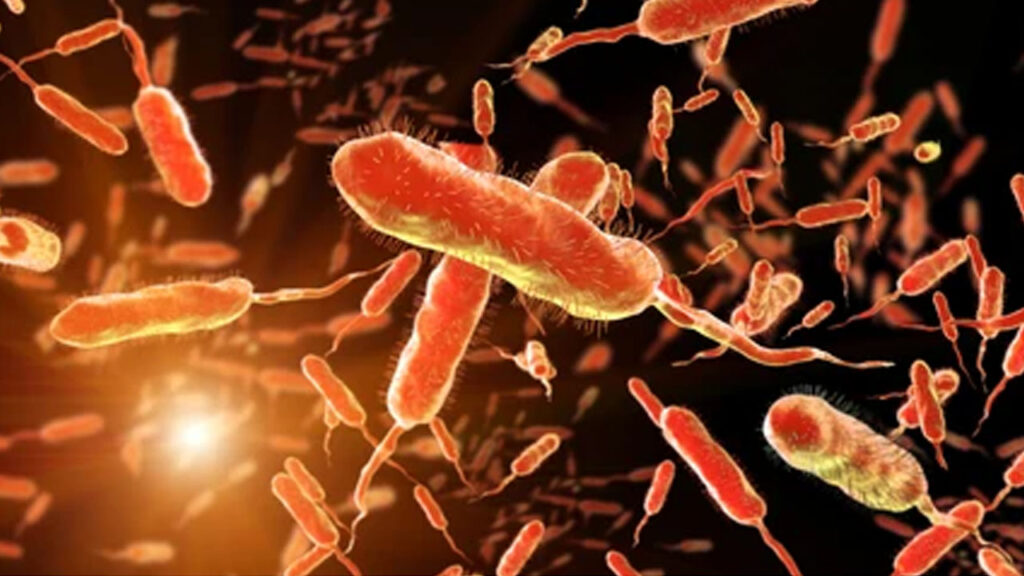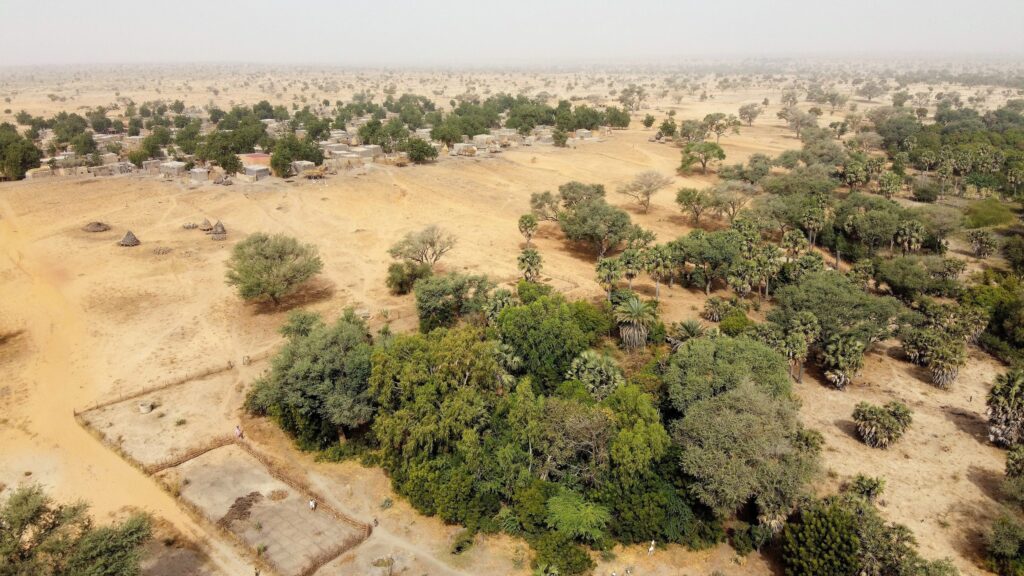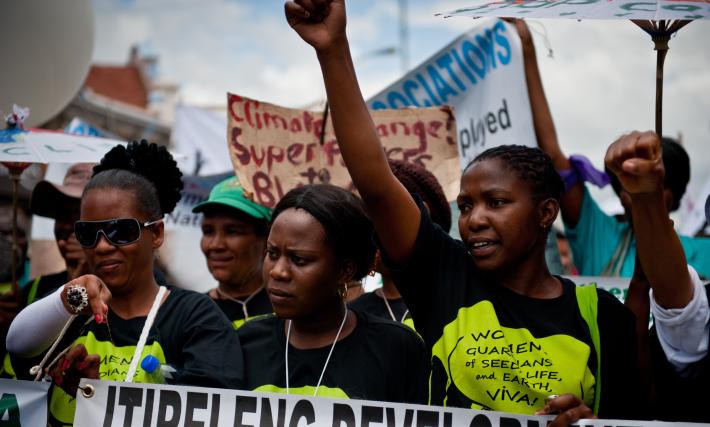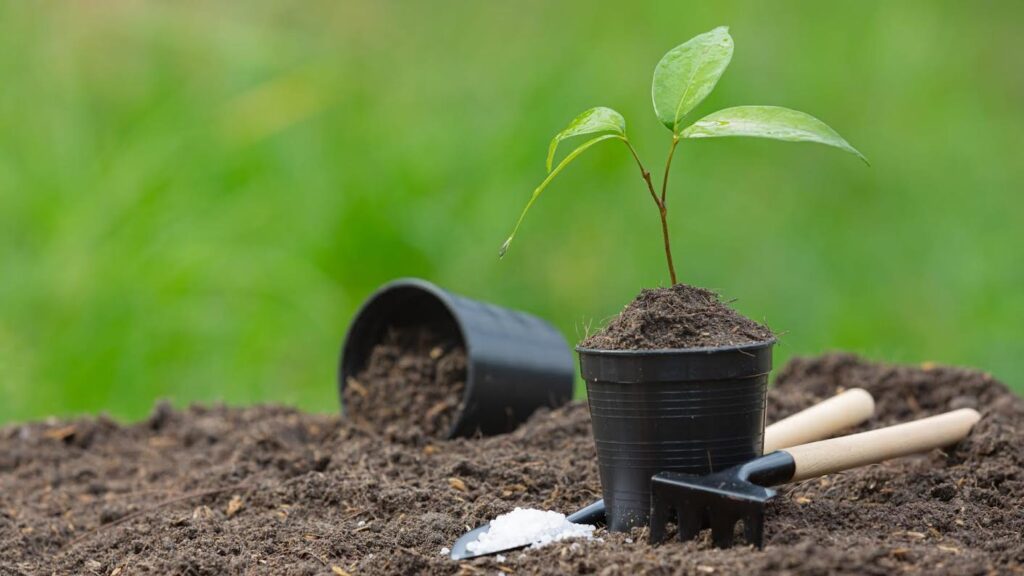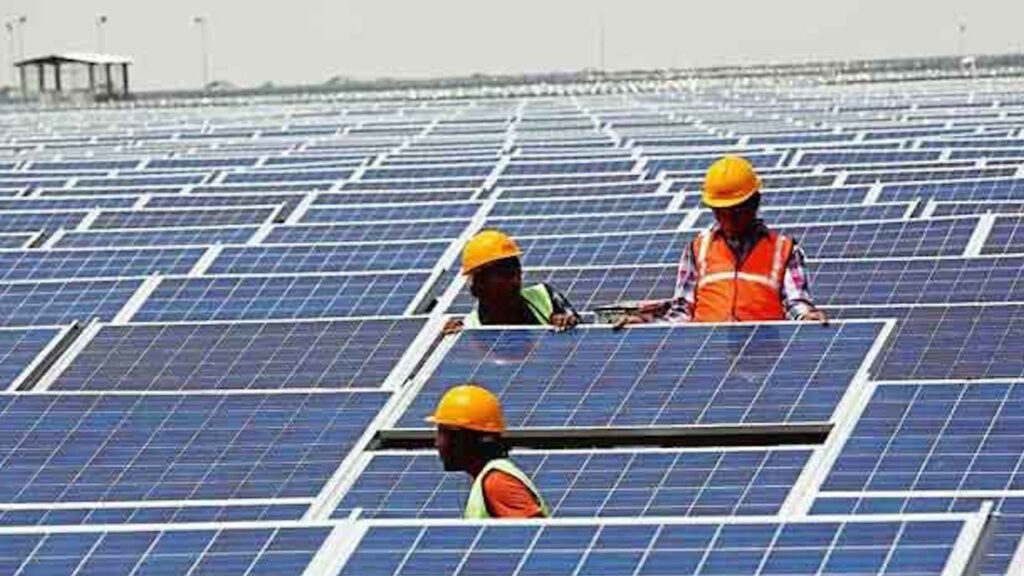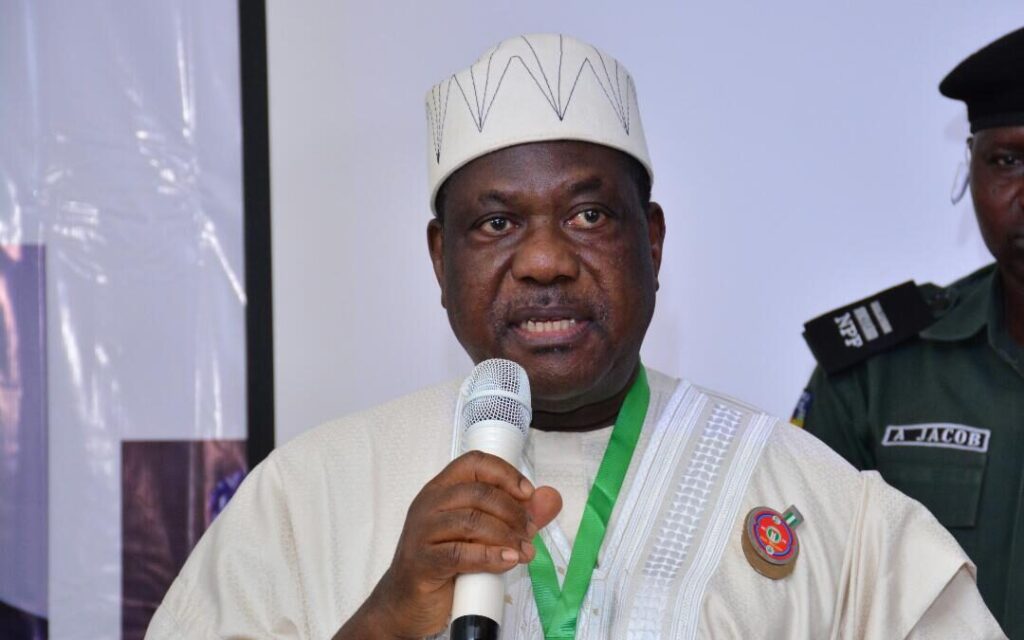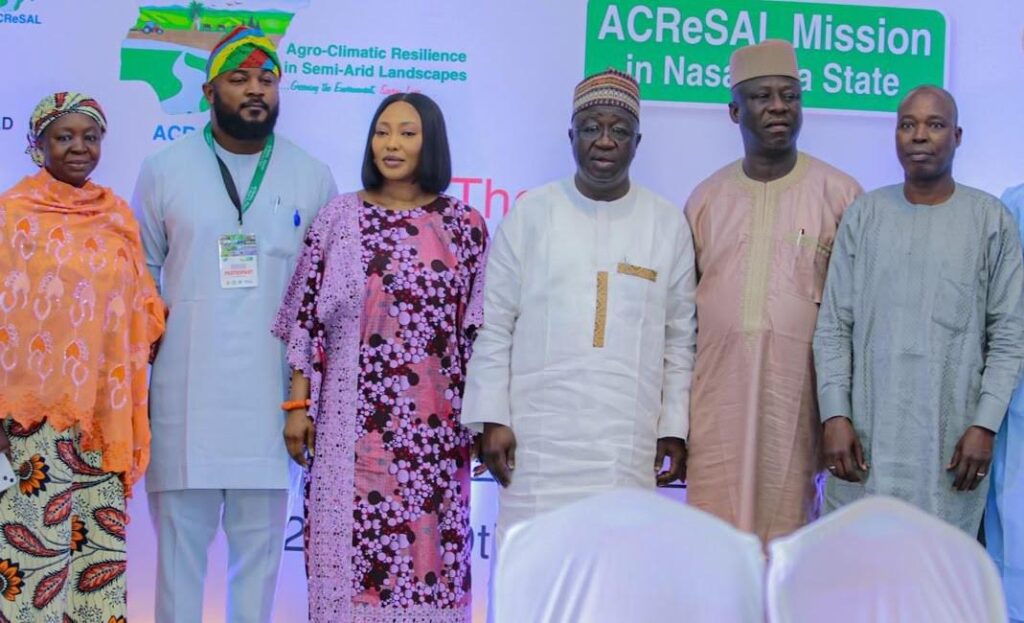The Federal Government has given manufacturers, chemical importers and distributors a moratorium of six months to phase out lead paint ingredients in formulations across the country.
The government plans to phase lead-based paint concentrations exceeding 90 parts per million (PPM) out by January 1, 2025 and urged members of the Paint Manufacturers of Nigeria (PMA) and allied product dealers to utilise their stock of raw materials before the deadline.
This was disclosed by the SON Acting Regional Director, Lagos, Mrs Theresa Ojomo, at an Awareness Workshop on Paints and Related Products Quality Requirements organised by Sustainable Research and Action for Environmental Development (SRADev) Nigeria and Lead Exposure Elimination Project (LEEP) in Lagos.
Last week, a technical committee established by the Federal Ministry of Environment (FME) and Standards Organisation of Nigeria (SON) chaired by Prof Kehinde Olayinka reviewed the paint standards. Ojomo said the adopted draft standards will be submitted to the Chairman of the SON Council for approval while sanctioning and enforcement will commence after the moratorium.
Under the new regulation, paint companies are required to display sufficient information indicating harmful content on paint can labels and provide warnings on possible lead dust hazards.
An official of the National Environmental Standards and Regulations Enforcement Agency (NESREA), Spanny Embiemu, explained that the National Environmental (Hazardous Chemicals and Pesticides) Regulations, 2014 did not contain provisions on lead-in-paint and the agency commenced the review process in 2020, to amend the Regulations to incorporate issues of Lead-in-paint to address global concerns on lead compounds.
According to her, the regulation is now officially gazetted and regulates the manufacture, sale and import of paints and coatings that contain lead above established permissible limits. It also eliminates the production, distribution, import, and export of paint products exceeding specified lead levels and limits, as well as standardised warning labels for all paints and other coating products.
Embiemu said that lead is a toxic metal whose widespread use has caused environmental contamination and extensive public health problems in many parts of the world. “Lead is added to paint as an additive to accelerate drying, increase durability, maintain a fresh appearance and resist moisture that causes corrosion and the most common sources of exposure to Lead-in-paint in children is through paint dust,” he said.
According to her, the alternatives to lead include zirconium, metallic zinc, cobalt, and metallic calcium amongst others, while cleaner alternatives like Titanium dioxide.
LEEP Programme Manager, Ms Yujin Han, said the organisation provides no-cost support to governments to adopt and implement regulations, as well as provides free support to manufacturers to assist in the reformulation of paint without added lead.
Han noted that children and women are vulnerable, even low levels of lead poisoning are associated with permanent damage to a child’s developing brain, lowering IQ, educational attainment, and future income, complications in pregnancy, cardiovascular disease, including heart attacks and stroke.
She quoted a report that indicates that approximately 43 million children and estimated economic losses of $16.2 billion are lost yearly to lead poisoning in the country.
In his remark, PMA President, Mr Bolu Babatunde, said most of these paint materials are not produced in Nigeria but imported. “There are over 500 different types of raw materials for paint production. Out of these, only calcium carbonate, kaolin, talc and water are produced locally. You can see that over 80 per cent of the raw materials used by paint manufacturers in Nigeria are imported.
“The nation’s refineries and petrochemical complex are not functioning. We still rely on the importation of inputs for our production. If the refineries are working, they would produce the materials, which the petrochemical industry would use to produce some of our raw materials locally and we will rely less on importation.
“Our country’s scarce foreign exchange will be conserved. Also, about 40- 45 per cent of the raw materials used by paint manufacturers would be sourced locally, while 55-60 per cent will be imported.”
He said replacing the pigments has posed major technical challenges. There is also the challenge of matching the actual shade of the colour, and cost of the substitute. “Most bright colours of red, and yellow are most affected and principally moving from inorganic pigments to organic pigments poses challenges because the chemistry is not the same,” Babatunde added.
PMA Executive Secretary, Mr Jude Maduka, listed other challenges bedeviling the sub-sector as lack of accurate data on lead levels in paints, high cost of raw materials due to the high rate of the dollar, and non-availability of testing laboratories in the various zones of the country.
There are also energy challenges as manufacturers generate their electricity to operate, while the cost of compliance with different regulations in the country affects the growth of the business sector, especially the Small and Medium Enterprises (SMEs sector to which over 80 per cent of paint manufacturers.
He said: “Transition is a gradual process unless the government wants to shut down paint production facilities across the country and throw more persons into the labour market – the spill-over effects are better imagined than experienced. We have no control over raw materials importation and use what is given to us. There will also be a cost of reformulation.
“The paint industry is passing through excruciating challenges now. Paint manufacturers are still recovering from the effects of the COVID-19 pandemic, which adversely affected their volumes in 2020 and 2021. 2023 was also not good for obvious reasons.
“The threshold of 90ppm or 0.009 per cent, which is in line with international guidelines should be maintained. We are asking for more period of grace before the commencement of monitoring and enforcement of the regulations. Some of the members of the association are already complying with the acceptable level of 90 ppm in paints produced and sold, while others are producing lead-free paints.”
He assured the stakeholders of the utmost cooperation of members of the association and urged the authorities to monitor and enforce the new regulations with a human face.
In a presentation on Strengthening National Capacity towards Elimination of Lead Paint in Nigeria, Dr Leslie Adogame and Victor Fabunmi of SRADev Nigeria said the organisation has assisted in the review standards on lead paint to transition from voluntary to mandatory towards escalating labeling and declaration of lead content in paint, as well as upscaling national capacity development/awareness raising of SMEs on the reformulation of leaded paint on regulation and standard of lead paint across the geo-political zones of the country.
The group anticipates improved occupational and environmental health, better paint quality that meets global standards, and better earnings due to global price competitiveness, as well as cost savings on health hazards attributable to lead exposure.


